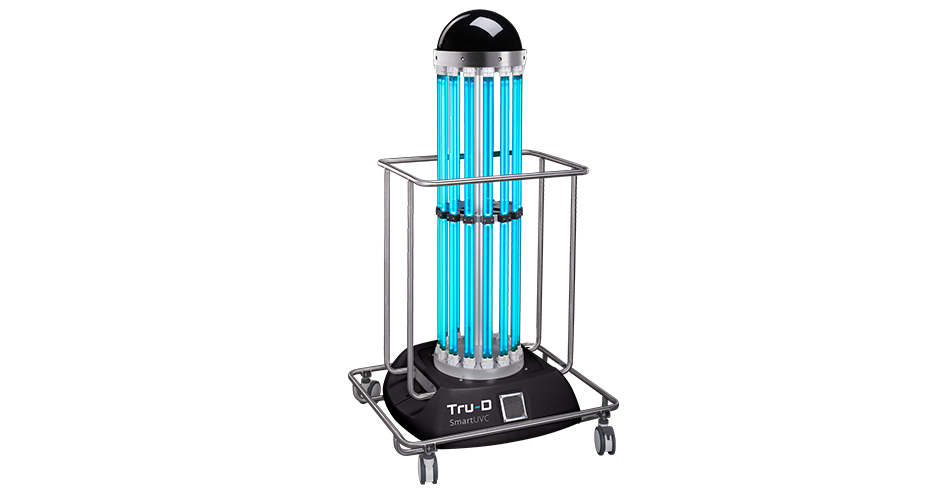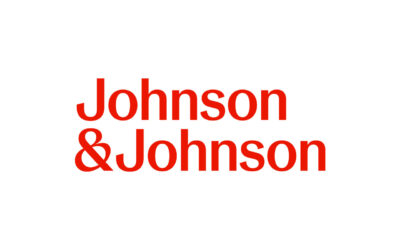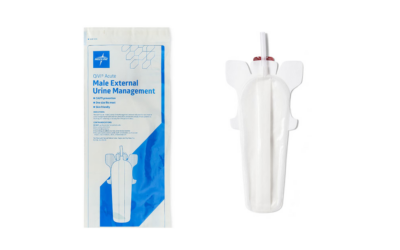UVC leader to share best practices for successful OR disinfection
 Tru-D SmartUVC, an industry leader in UVC disinfection, will attend and exhibit its innovative technology at the Association for Perioperative Registered Nurses (AORN) Surgical Conference and Expo April 7-9, 2019 in Nashville, Tennessee at booth #1738. The industry standard in advocating for excellence in perioperative practice and health care, AORN provides more than 42,000 members with education and resources for safe clinical practice and professional development.
Tru-D SmartUVC, an industry leader in UVC disinfection, will attend and exhibit its innovative technology at the Association for Perioperative Registered Nurses (AORN) Surgical Conference and Expo April 7-9, 2019 in Nashville, Tennessee at booth #1738. The industry standard in advocating for excellence in perioperative practice and health care, AORN provides more than 42,000 members with education and resources for safe clinical practice and professional development.
“As important as handwashing, manual cleaning and antibiotic stewardship are to your infection prevention protocols in the OR, so is incorporating enhanced terminal room disinfection,” Alice Brewer, Director of Clinical Affairs for Tru-D SmartUVC, said. “Tru-D has been shown by multiple studies to provide a cleaner and safer operating environment using chemical-free and environmentally-friendly UVC energy.”
A recent manuscript accepted by the Journal of the American College of Surgeons examined C. diff in adult surgical patients. The paper, “Multidisciplinary Approach and Clostridium difficile Infection in Adult Surgical Patients,” discusses the multidisciplinary program that Duke University Medical Center implemented to reduce its C. diff rate.
Strategies to reduce CDI included antimicrobial stewardship optimization, increased use of Tru-D SmartUVC for terminal cleaning of CDI patient rooms, increased hand hygiene and PPE signage as well as monitoring in high-risk CDI areas, improved diagnostic stewardship by an electronic best practice advisory to reduce inappropriate CDI testing, education through surgical grand rounds and routine data feedback via NSQIP and NHSN CDI reports.
Using these strategies, observed rate of C. diff decreased from 1.27 percent in 2016 to 0.91 percent in 2017, a 28 percent decrease. Individual hospital results may vary based on numerous factors including adherence to standard disinfection protocol.
“We are excited to meet with attendees at AORN and share more on how Tru-D can help reduce SSIs and HAIs, improving patient outcomes,” Brewer said.
The pioneer of UVC disinfection, Tru-D placed the first UVC disinfection robot in a health care facility in 2007, and it is still in operation today. Operating from one placement in the room, Tru-D ensures significant pathogen reduction in direct and shadowed areas and minimizes the chance of human error in the disinfection process. Adjusting for room variables such as size, shape and amount of equipment in the room, Tru-D emits one, lethal cycle of UVC energy to disinfect an entire room. Tru-D is backed by the first-ever randomized clinical trial on UVC disinfection, the Benefits of Enhanced Terminal Room-Disinfection (BETR-D) study. Results showed that enhanced terminal room disinfection strategies using Tru-D decreased the relative risk of colonization or infection from target MDROs among patients admitted to the same room by a cumulative 30 percent when standard disinfection protocols were followed 93 percent of the time.
For more information or to watch a video on Tru-D’s technology, visit tru-dpowerofone.com.









